


If you ever find yourself wandering through Yogyakarta,you’ll immediately notice a rhythm that feels both lively and laid-back,like the city is humming a gentle,inviting tune. It’s a place where ancient traditions and youthful energy collide in the most beautiful way. As you stroll down Malioboro Street,the air is thick with the scent of sizzling satay and sweet jasmine from roadside stalls,while the chatter of locals bargaining and the distant beat of gamelan music create a vibrant soundtrack. The city’s heart beats in its art and culture—every corner seems to hold a story,from the intricate batik workshops to the majestic temples of Borobudur and Prambanan just a short ride away. Yogyakarta’s charm lies in its warmth and authenticity. The people here are incredibly welcoming,often eager to share their crafts,stories,or a cup of strong Javanese coffee. You can feel the city’s deep respect for its heritage,yet it’s also a hub for creative souls,with street art splashed across walls and indie cafes buzzing with young artists and thinkers. The sunsets here are something else—casting a golden glow over the terracotta rooftops and ancient palaces,inviting you to pause and soak it all in. Whether you’re wandering through the Sultan’s Palace,tasting gudeg (a sweet jackfruit stew) at a local warung,or simply watching the world go by from a cozy café,Yogyakarta wraps you in a sense of belonging. It’s a city that doesn’t just ask you to visit but to stay a little longer,to explore deeper,and to fall in love with its soul.
The information on this page is currently being reviewed by Tripkliq and should be used as a guide only
Eng word: Hello
Eng pronunciation: Ha-lo
Local language: Halo
Eng word: Goodbye
Eng pronunciation: Soo-geng tin-dak
Local language: Sugeng tindak
Eng word: Thank you
Eng pronunciation: Ma-toor noo-woon
Local language: Matur nuwun
Eng word: How much
Eng pronunciation: Pin-ten
Local language: Pinten
Eng word: Toilet
Eng pronunciation: Ka-mar man-dee
Local language: Kamar mandi
Eng word: Help me
Eng pronunciation: Too-loong a-koo
Local language: Tulung aku
Eng word: Yes
Eng pronunciation: Ing-gih
Local language: Inggih
Eng word: No
Eng pronunciation: O-ra
Local language: Ora
Eng word: Excuse me
Eng pronunciation: Noo-woon se-woo
Local language: Nuwun sewu
Yogyakarta was established as a sultanate in 1755, following the Treaty of Giyanti. This treaty divided the Mataram Sultanate, leading to the creation of the Sultanate of Yogyakarta, with Hamengkubuwono I as its first sultan.
The Royal Palace, also known as Kraton Yogyakarta, is a grand complex that has been the heart of the sultanate since its establishment. It serves as a residence for the sultan and a center of Javanese culture.
Yogyakarta played a pivotal role during the Indonesian National Revolution against Dutch colonialism. It was the capital of the Indonesian Republic from 1946 to 1949, when Jakarta was under Dutch control.
The iconic Tugu Yogyakarta, also known as the Tugu Monument, symbolizes the city. It is an important historical landmark that marks the imaginary axis between the Sultan’s palace, Mount Merapi, and the Indian Ocean, believed to bring harmony to the city.
Nearby Yogyakarta are the magnificent Borobudur and Prambanan Temple complexes, both UNESCO World Heritage Sites. Borobudur is the world’s largest Buddhist temple, while Prambanan is a stunning Hindu temple complex.
The Ramayana Ballet is a mesmerizing Javanese dance-drama performed outdoors at the Prambanan temple complex, showcasing the epic Ramayana story. This cultural performance is a highlight for visitors.
Yogyakarta is renowned for its traditional batik, a UNESCO Intangible Cultural Heritage. This ancient art of wax-resist dyeing has been preserved and passed down through generations, contributing significantly to the city’s culture and economy.
Malioboro Street is Yogyakarta's vibrant heart, bustling with markets, street vendors, and batik shops. It reflects the city’s lively culture and is a favorite spot for shopping and enjoying local cuisine.
In 1950, Yogyakarta was granted the status of a Special Region in recognition of its historical contribution to the Indonesian fight for independence. This status allows the region to maintain its unique cultural heritage.
In Yogyakarta, the most common Power Adaptor is Type C, Type F.


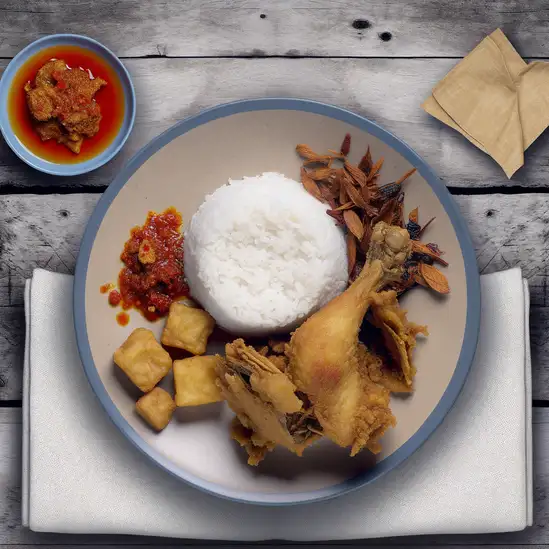
A smashed fried chicken dish served with sambal, fried tofu, and rice, known for its bold flavors and crispy texture.

A traditional Javanese dish made from young jackfruit cooked in coconut milk and served with rice, usually accompanied by chicken, boiled eggs, and spicy sambal.
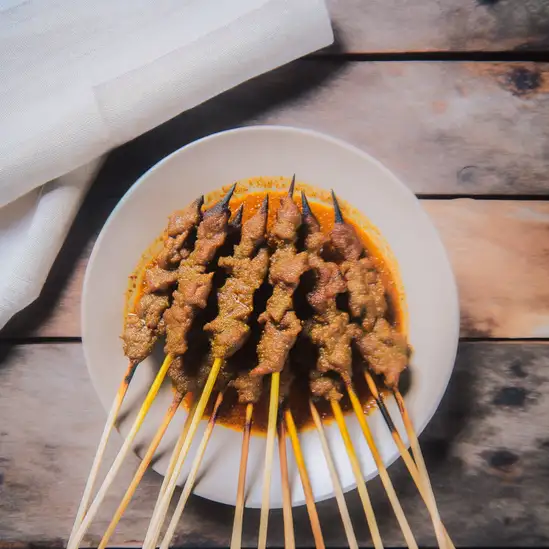
A unique type of satay made from mutton or goat meat, seasoned with a special blend of spices and grilled over charcoal, often served with a spicy soy sauce.
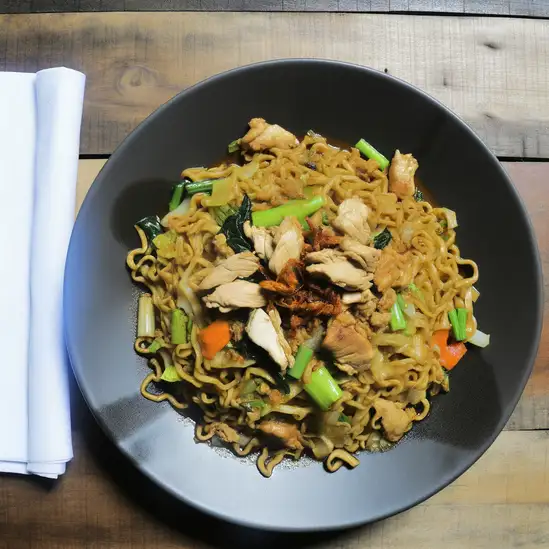
Javanese-style noodles stir-fried with a mix of vegetables, chicken, and spices, often served with a side of broth.
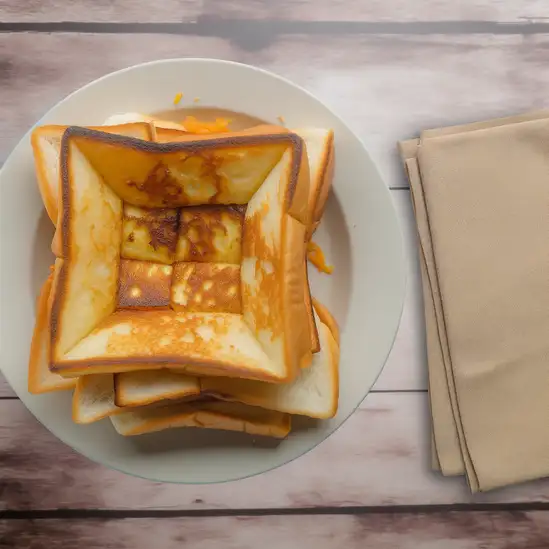
Toasted bread filled with various sweet or savory toppings, commonly enjoyed as a snack or dessert.
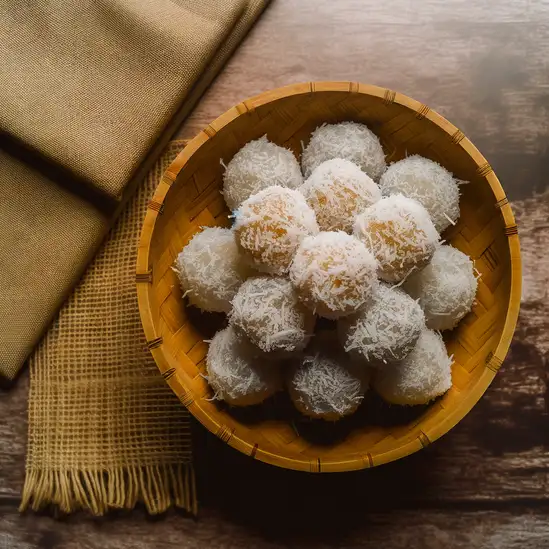
Sweet rice cake balls filled with palm sugar and coated in grated coconut, offering a delightful burst of sweetness.
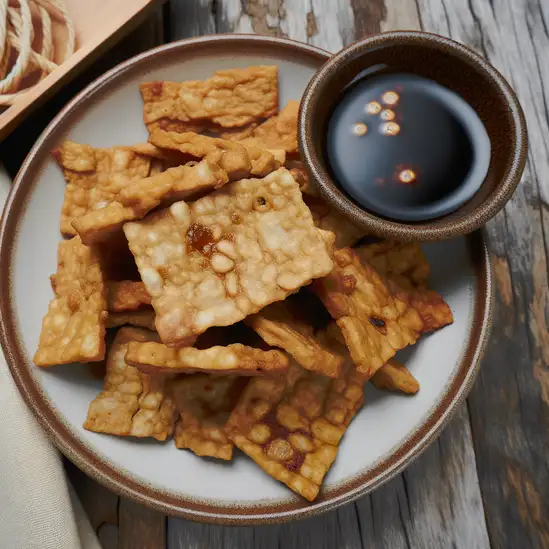
Thinly sliced tempeh that is battered and fried until crispy, often served with a side of soy sauce for dipping.
Bali feels like stepping into a vibrant dream where every corner pulses with life and warmth. From the moment you arrive,there’s this unmistakable energy—part spiritual,part playful—that wraps around you like a soft,tropical breeze. Imagine waking up to the gentle rustle of palm leaves and the distant sound of waves crashing against volcanic black sand beaches. The air carries a mix of frangipani blossoms and salty sea spray,instantly grounding you in the island’s natural beauty.
What really makes Bali special is its rich culture woven into everyday life. You’ll see locals in colorful sarongs offering flowers at temple steps,hear the rhythmic beat of gamelan music drifting through the air,and catch glimpses of intricate wood carvings and vibrant paintings in small artisan shops. The island’s spirituality isn’t just something you observe—it’s something you feel,a quiet presence that invites you to slow down and connect.
And then there’s the food—oh,the food! Freshly grilled satay,fragrant nasi campur bursting with spices,and tropical fruits so sweet they almost taste like candy. Whether you’re dining in a bustling market or a cliffside café overlooking the ocean,every bite feels like a celebration of Bali’s rich flavors and traditions. Honestly,Bali isn’t just a place you visit; it’s a place that stays with you,long after you’ve left.
If you find yourself wandering through Kota Administrasi Jakarta Pusat,you’ll immediately notice the pulse of a city that’s both historic and buzzing with modern energy. It’s a place where colonial-era buildings stand shoulder to shoulder with sleek skyscrapers,creating a fascinating blend of old and new. Walking down the streets,you can almost hear the echoes of history mingling with the chatter of office workers and street vendors. The air carries a mix of aromas—from the rich,spicy scent of street food stalls grilling satay to the faint,comforting smell of freshly brewed kopi from tiny warungs tucked in corners.
What really makes Jakarta Pusat special is its vibrant character. It’s the heart of the city’s administrative and cultural life,so you’ll find a lively mix of people—government officials,artists,students,and families—all weaving their stories into the urban fabric. The bustling markets,like Pasar Baru,invite you to haggle over colorful textiles and local snacks,while nearby museums and galleries offer a quiet retreat into Indonesia’s rich heritage.
There’s a rhythm here that’s both fast-paced and inviting. Whether you’re sipping a sweet es cendol under the shade of a tree in Merdeka Square or catching the golden light reflecting off the National Monument at dusk,Jakarta Pusat feels alive in a way that’s deeply human and endlessly fascinating. It’s a city that invites you to slow down,look around,and soak in the layers of life unfolding all at once.
Imagine stepping into a city where sleek skyscrapers meet lush greenery,and every corner hums with a vibrant energy that’s both modern and deeply rooted in tradition. That’s Singapore for you—a place where the air carries the fragrant mix of blooming orchids and sizzling street food,and the streets buzz with a blend of languages and laughter. Walking through neighborhoods like Chinatown or Little India,you’ll catch the rich aromas of spices mingling with the sweet scent of tropical fruits,inviting you to explore further.
What’s truly captivating about Singapore is how effortlessly it balances the fast-paced pulse of a global hub with pockets of serene beauty. You can be wandering through the futuristic Gardens by the Bay one moment,marveling at the towering Supertrees glowing softly at dusk,and the next,find yourself savoring a bowl of laksa or chili crab at a bustling hawker center,surrounded by locals chatting animatedly. The city’s character shines through its people—warm,diverse,and proud of their heritage,yet always welcoming.
There’s a rhythm here that’s both energizing and comforting. Whether you’re cycling along the waterfront,catching a sunset over Marina Bay Sands,or simply sipping kopi in a cozy café,Singapore invites you to slow down and soak in its unique blend of cultures,flavors,and sights. It’s a city that surprises you with its layers,making every visit feel like a new discovery.
Bangkok is one of those cities that grabs you the moment you step out into its bustling streets. There’s this electric energy in the air—a mix of honking tuk-tuks,sizzling street food stalls,and the chatter of locals weaving through markets. The city feels alive,like it’s constantly moving and breathing,yet somehow it balances this chaos with moments of serene beauty,like the golden spires of temples catching the afternoon sun or quiet canals reflecting the sky.
Walking through Bangkok,you’ll be hit by a whirlwind of scents:fragrant jasmine from flower vendors,the sharp tang of lemongrass and chili from street carts,and the sweet aroma of mango sticky rice tempting you at every corner. The colors are just as vivid—neon signs flicker alongside traditional wooden shophouses,and monks in saffron robes glide past modern skyscrapers. It’s a city where old and new dance together effortlessly.
What really makes Bangkok special is its warmth and openness. The people here have a genuine kindness that shines through,whether you’re bargaining at Chatuchak Market or sharing a laugh over a bowl of spicy boat noodles. The culture is rich and layered,from the intricate rituals at Wat Pho to the lively festivals that light up the streets. Visiting Bangkok feels like stepping into a story that’s still unfolding,full of surprises and moments that stay with you long after you leave.
Kuala Lumpur feels like a vibrant heartbeat pulsing through the heart of Malaysia—where tradition and modernity dance effortlessly together. The moment you step into the city,you’re greeted by the towering silhouettes of the Petronas Twin Towers piercing the sky,their glass facades shimmering against the tropical sun. But it’s not just the skyline that captivates you; it’s the lively street scenes below. The air buzzes with the chatter of street vendors,the sizzle of satay grilling over open flames,and the sweet aroma of pandan and lemongrass wafting from bustling food stalls.
Walking through neighborhoods like Bukit Bintang or Chinatown,you’ll find a kaleidoscope of colors and sounds—vibrant markets brimming with spices,textiles,and handcrafted trinkets,while the calls to prayer from nearby mosques blend harmoniously with the hum of city life. The city’s rich cultural tapestry is woven from Malay,Chinese,and Indian influences,creating a unique blend you can taste in every bite of nasi lemak or teh tarik.
What I love most is how Kuala Lumpur never feels rushed. Whether you’re sipping kopi at a roadside stall or wandering through the lush greenery of the KL Forest Eco Park,there’s a warm,welcoming energy that invites you to slow down and soak it all in. It’s a city that surprises you at every turn—full of contrasts,flavors,and stories waiting to be discovered.
Manila is this vibrant,bustling heart of the Philippines that grabs you the moment you step off the plane. There’s an energy here that’s both chaotic and warm,like the city is alive and breathing with stories waiting to be discovered. Walking through its streets,you’ll catch the scent of sizzling street food mingling with the salty breeze from Manila Bay. The soundscape is a lively mix of jeepneys honking,street vendors calling out their wares,and the occasional laughter spilling from a nearby sari-sari store.
What makes Manila truly special is its rich tapestry of history and culture woven into everyday life. You can wander through Intramuros,the old walled city,and feel the echoes of Spanish colonial days in the cobblestone streets and centuries-old churches. Then,just a few blocks away,modern skyscrapers rise,showcasing the city’s dynamic spirit. The people here are incredibly warm and welcoming,always ready to share a story or recommend their favorite spot for halo-halo,a sweet,icy treat that’s perfect for cooling down in the tropical heat.
Manila’s charm lies in its contrasts—the old and new,the quiet moments in hidden courtyards and the lively buzz of night markets. It’s a place where you can savor rich Filipino flavors,dive into vibrant festivals,and feel the pulse of a city that’s constantly evolving but never loses its heart. If you want a trip that’s full of life,color,and genuine warmth,Manila’s waiting with open arms.
Tourists are approached by friendly locals who invite them to a 'special' batik art exhibition or sale, claiming it's a limited-time event. The art is often overpriced and of low quality.
Unlicensed guides offer their services at tourist sites, providing inaccurate information and charging high fees.
Vendors may charge tourists significantly higher prices for souvenirs or food, assuming they are unaware of the local pricing.
At popular temples, unofficial guides may ask for 'donations' for temple maintenance, which are not legitimate and go into their own pockets.
Some taxi or becak (pedicab) drivers may not use meters or quote inflated prices, especially for tourists unfamiliar with local rates.
Indonesia has very strict drug laws, and Yogyakarta is no exception. The possession, use, or trafficking of illegal drugs can result in severe penalties, including long prison sentences and even the death penalty. Tourists should avoid any involvement with illegal drugs and be aware that even small quantities can lead to serious legal consequences.
In Yogyakarta, smoking is regulated by both national and local laws. Smoking is prohibited in public places such as schools, hospitals, public transportation, and government buildings. There are designated smoking areas in some public places, but it is important to look for signs indicating whether smoking is allowed. Violations can result in fines.
Vaping is subject to similar regulations as smoking in Yogyakarta. It is prohibited in public places where smoking is banned, including schools, hospitals, and public transportation. Tourists should look for designated vaping areas and adhere to local regulations to avoid fines.
What are other people saying about Yogyakarta?
Recent Social posts about Yogyakarta
There is nothing to show you for now.